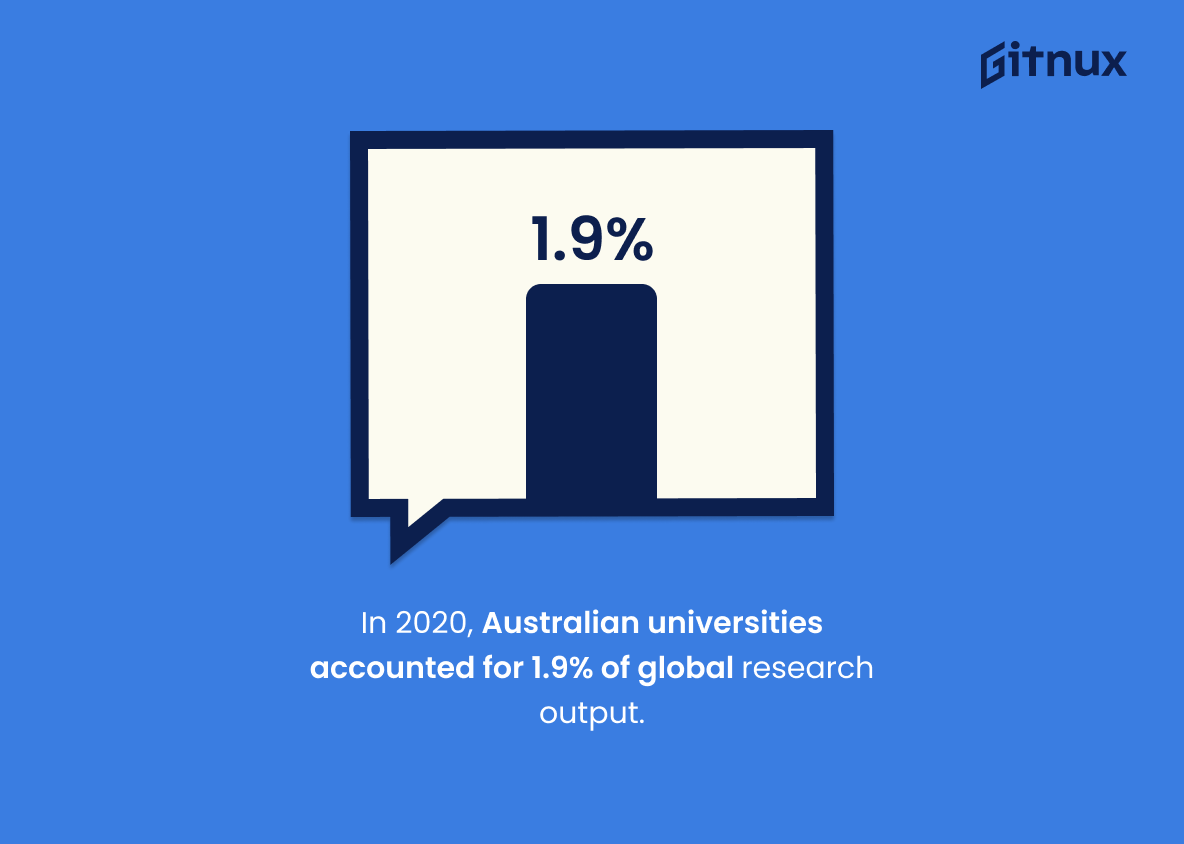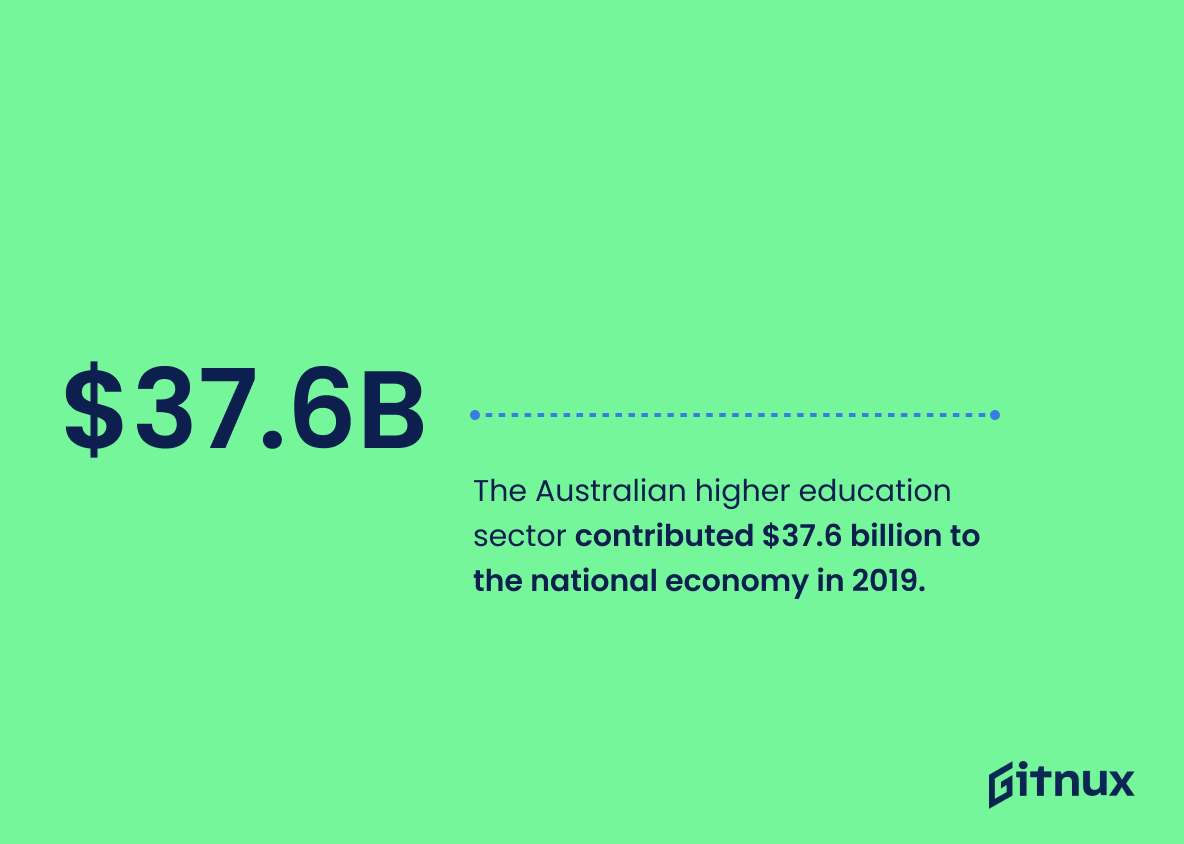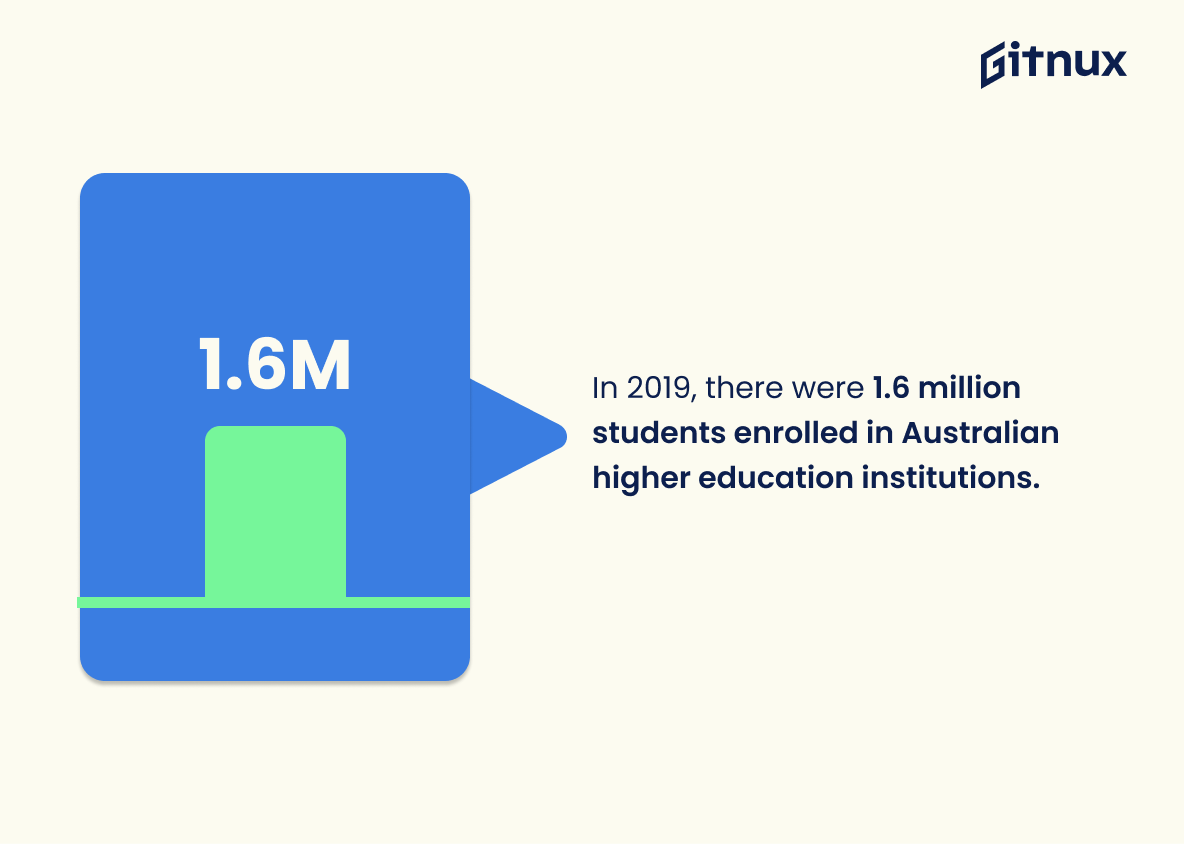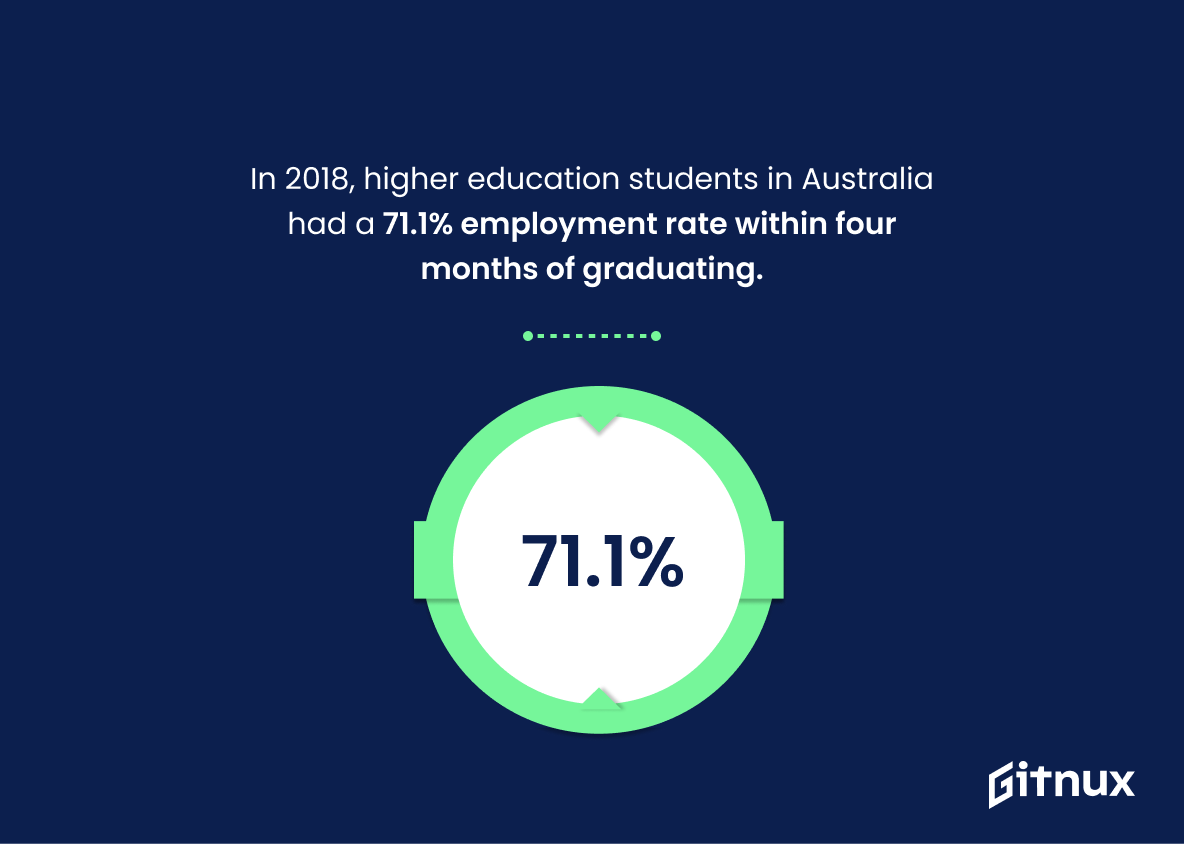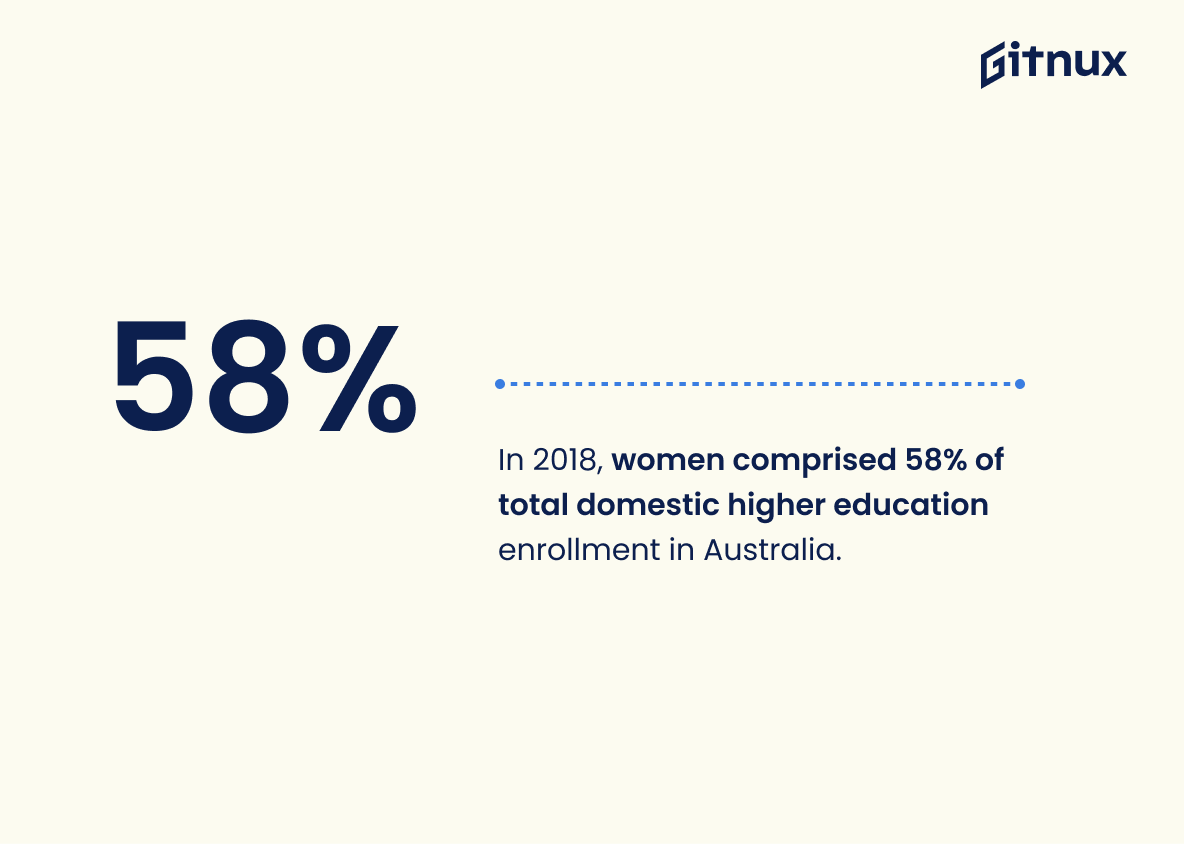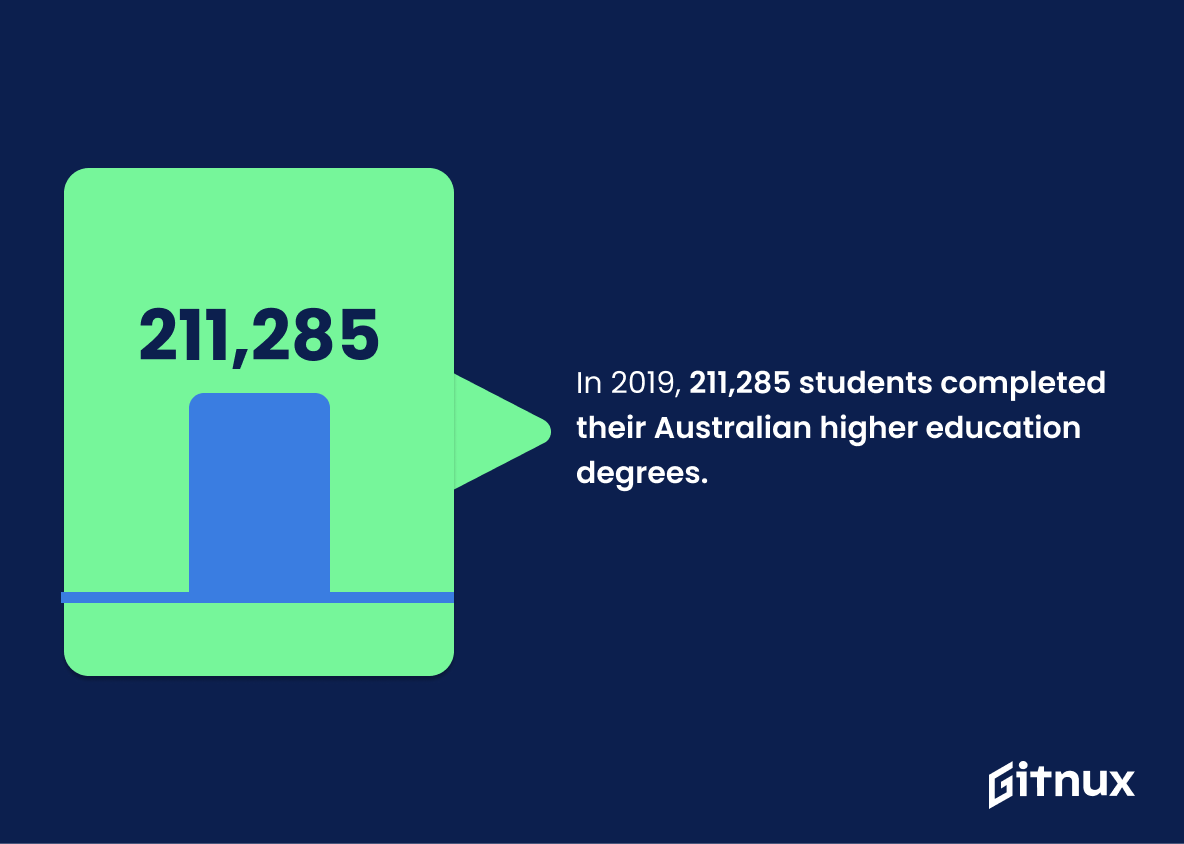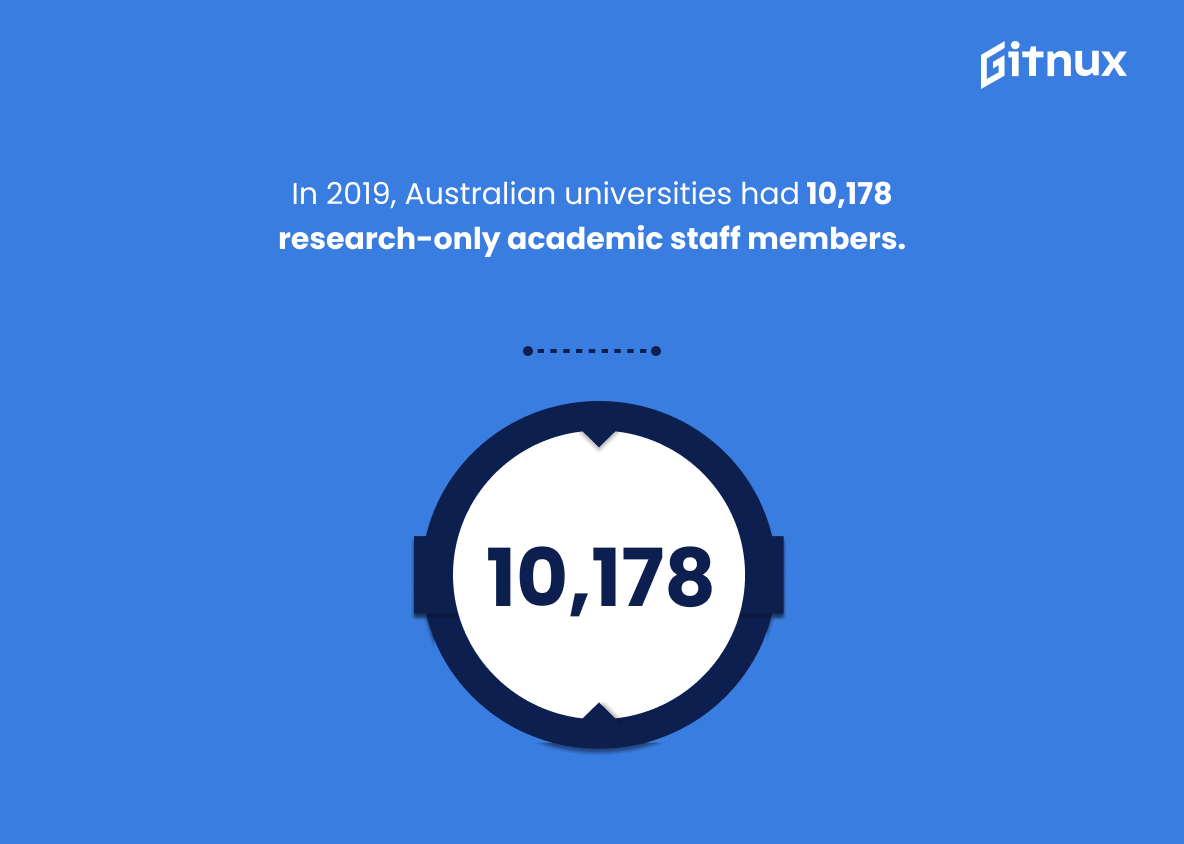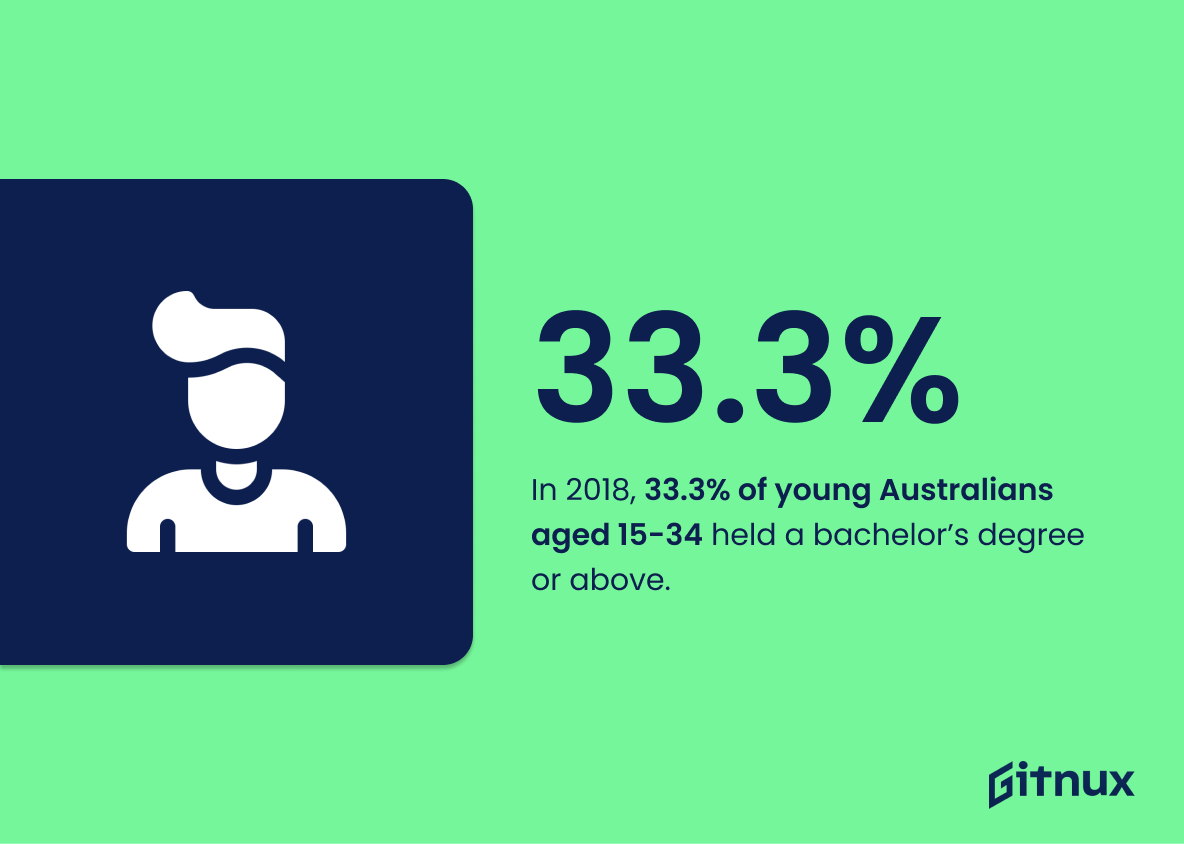Australia’s higher education sector is a major contributor to the nation’s economy and society. With 755,839 international student enrollments in 2020, 43 universities across Australia and 1.9% of global research output in 2020, it is clear that Australian higher education institutions are highly sought after by students from around the world. In this blog post we will explore some key statistics about Australia’s higher education system including its popularity as an international destination for study; enrolment numbers; economic contribution; graduate employment rates; gender balance among domestic students and more.
Australian Higher Education Statistics Overview
In 2021, there were 43 universities in Australia, with 40 being public institutions.
This statistic is a telling indication of the state of higher education in Australia. It reveals that the majority of universities in the country are public institutions, indicating that the government is heavily invested in providing quality education to its citizens. Furthermore, the fact that the number of universities has increased over the years shows that the country is making strides in expanding access to higher education.
In 2020, Australian universities accounted for 1.9% of global research output.
This statistic is a testament to the quality of Australian universities and their commitment to research. It highlights the fact that Australian universities are making a significant contribution to the global research landscape, and that their research is being recognised and valued on an international level. This is an important indicator of the strength of the Australian higher education system and its ability to produce world-class research.
The Australian higher education sector contributed $37.6 billion to the national economy in 2019.
This statistic is a powerful reminder of the immense economic value of the Australian higher education sector. It highlights the significant contribution the sector makes to the national economy, demonstrating its importance to the country’s financial wellbeing. It is a testament to the hard work and dedication of the students, faculty, and staff who make up the sector, and a reminder of the importance of investing in higher education.
In 2019, there were 1.6 million students enrolled in Australian higher education institutions.
This statistic is a powerful indicator of the importance of higher education in Australia. It shows that a large number of people are taking advantage of the opportunities available to them to further their education and gain the skills and knowledge necessary to succeed in their chosen field. It also highlights the importance of providing quality education to ensure that students are able to reach their full potential. This statistic is a testament to the commitment of the Australian government to providing quality education to its citizens.
In 2018, higher education students in Australia had a 71.1% employment rate within four months of graduating.
This statistic is a testament to the value of higher education in Australia, demonstrating that students who pursue higher education are likely to find employment soon after graduating. It is a powerful indicator of the quality of education and training that students receive in Australia, and serves as a reminder of the importance of investing in higher education.
In 2020, Australian universities jointly had over 23,000 research publications.
This statistic is a testament to the impressive research capabilities of Australian universities. It highlights the dedication of the academic staff and students to pushing the boundaries of knowledge and contributing to the global body of research. It is a reflection of the quality of higher education in Australia and the commitment to excellence in research and development.
In 2019, international students in Australian higher education institutions contributed about $19.4 billion in direct revenue.
This statistic is a testament to the immense economic value that international students bring to Australian higher education institutions. It highlights the fact that international students are not only enriching the academic environment, but also providing a significant financial boost to the country. This is an important point to consider when discussing the importance of Australian higher education statistics.
In 2018, women comprised 58% of total domestic higher education enrollment in Australia.
This statistic is a powerful indicator of the progress being made in Australian higher education. It shows that women are increasingly taking advantage of the opportunities available to them in higher education, and that the gender gap in higher education is narrowing. This is an important step towards achieving gender equality in the education system, and it is a positive sign for the future of Australian higher education.
In 2019, 211,285 students completed their Australian higher education degrees.
This statistic is a testament to the success of Australia’s higher education system, demonstrating the sheer number of students who have achieved their educational goals. It is a powerful reminder of the importance of higher education and the impact it can have on individuals and society as a whole.
In 2019, Australian universities had 10,178 research-only academic staff members.
This statistic is a telling indication of the commitment to research in Australian universities. It speaks to the dedication of universities to furthering knowledge and understanding in a variety of fields, and the resources they are willing to invest in doing so. It is a testament to the importance of research in the Australian higher education system, and the value placed on it by universities.
In 2018, 33.3% of young Australians aged 15-34 held a bachelor’s degree or above.
This statistic is a telling indication of the educational attainment of young Australians. It highlights the fact that a significant proportion of the population is achieving a higher level of education, which is beneficial for the country as a whole. It also suggests that the Australian higher education system is providing young people with the opportunity to gain the qualifications they need to succeed in their chosen fields. This is an important factor in the overall success of the nation.
Conclusion
The Australian higher education sector is a thriving and dynamic industry, with international students contributing significantly to its success. In 2019, Australia ranked third as the most popular destination for international students in English-speaking countries, with 755,839 enrollments of international students in total. There are 43 universities across Australia – 40 public institutions – which together account for 1.9% of global research output and contributed $37.6 billion to the national economy that same year. Additionally, there were 1.6 million domestic student enrolments in 2019 and 71% employment rate within four months of graduating from an Australian university or college program was reported by 2018 data; while 23 thousand research publications were jointly produced by all universities during 2020 alone.
Furthermore, 45% of adults aged 25-64 had tertiary qualifications according to 2018 statistics; 58% female enrollment among domestic higher education programs was recorded in 2019; 3%, 211 285 graduates respectively represent indigenous people’s participation rates and number of completed degrees throughout last year; 16 % online/distance learning courses accounted for overall enrollment figures back then too – 10 178 academic staff members dedicated solely on researching activities at this time period being another remarkable statistic worth mentioning here. Finally 33 % young Australians held bachelor’s degree or above qualification level (15–34 age group) whereas 7 2 percent growth has been observed regarding income generated through researches conducted at these educational establishments over past 12 months . All things considered , it can be concluded that despite some challenges faced along the way ,Australian Higher Education Sector remains one highly successful area where both local & foreign citizens benefit greatly from their involvement .
References
0. – https://www.educationcounts.govt.nz
1. – https://www.studyinaustralia.gov.au
2. – https://www.qilt.edu.au
3. – https://www.abs.gov.au
4. – https://www.internationaleducation.gov.au
5. – https://www.universitiesaustralia.edu.au
6. – https://www.ieaa.org.au
7. – https://www.afr.com

